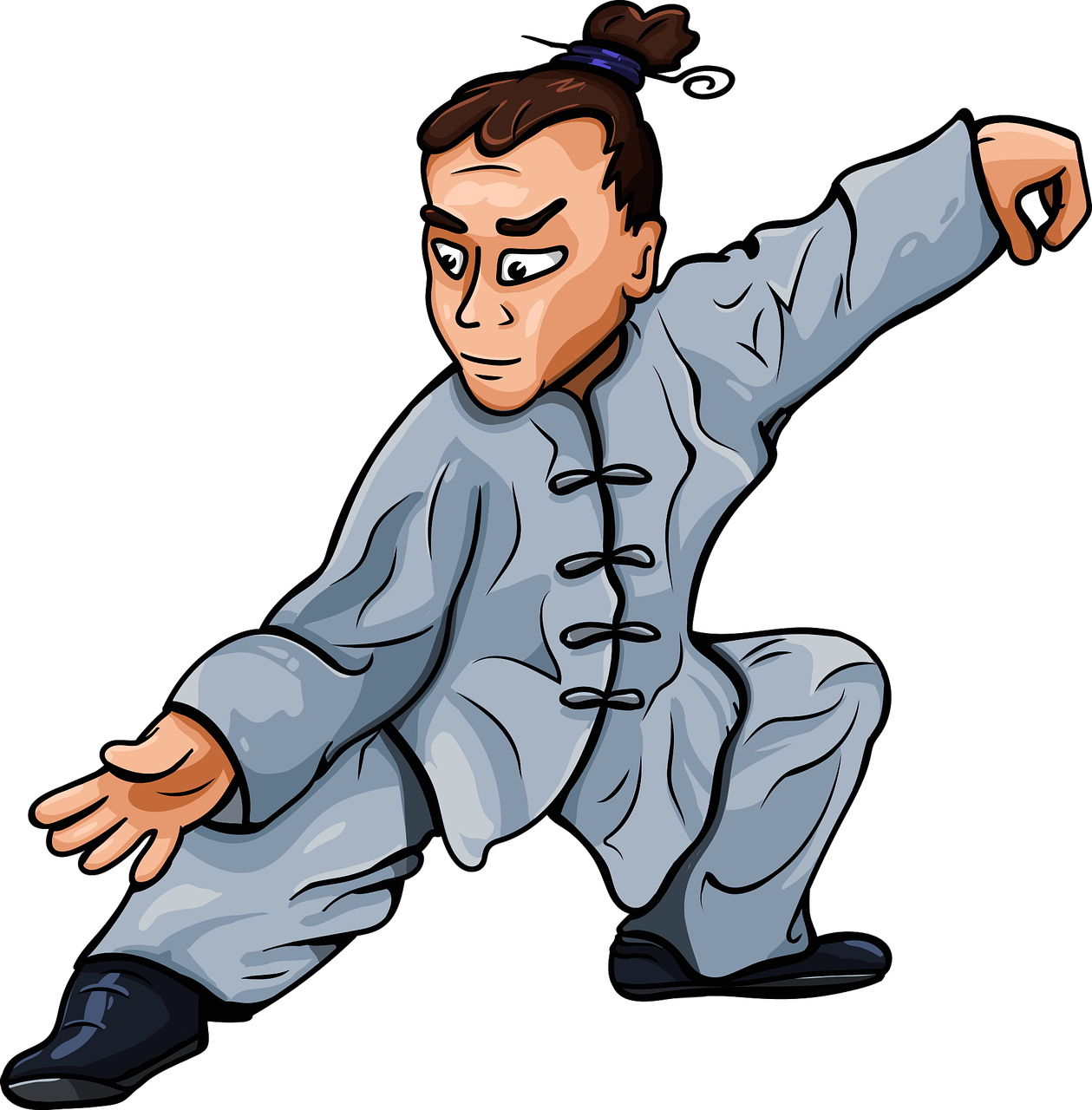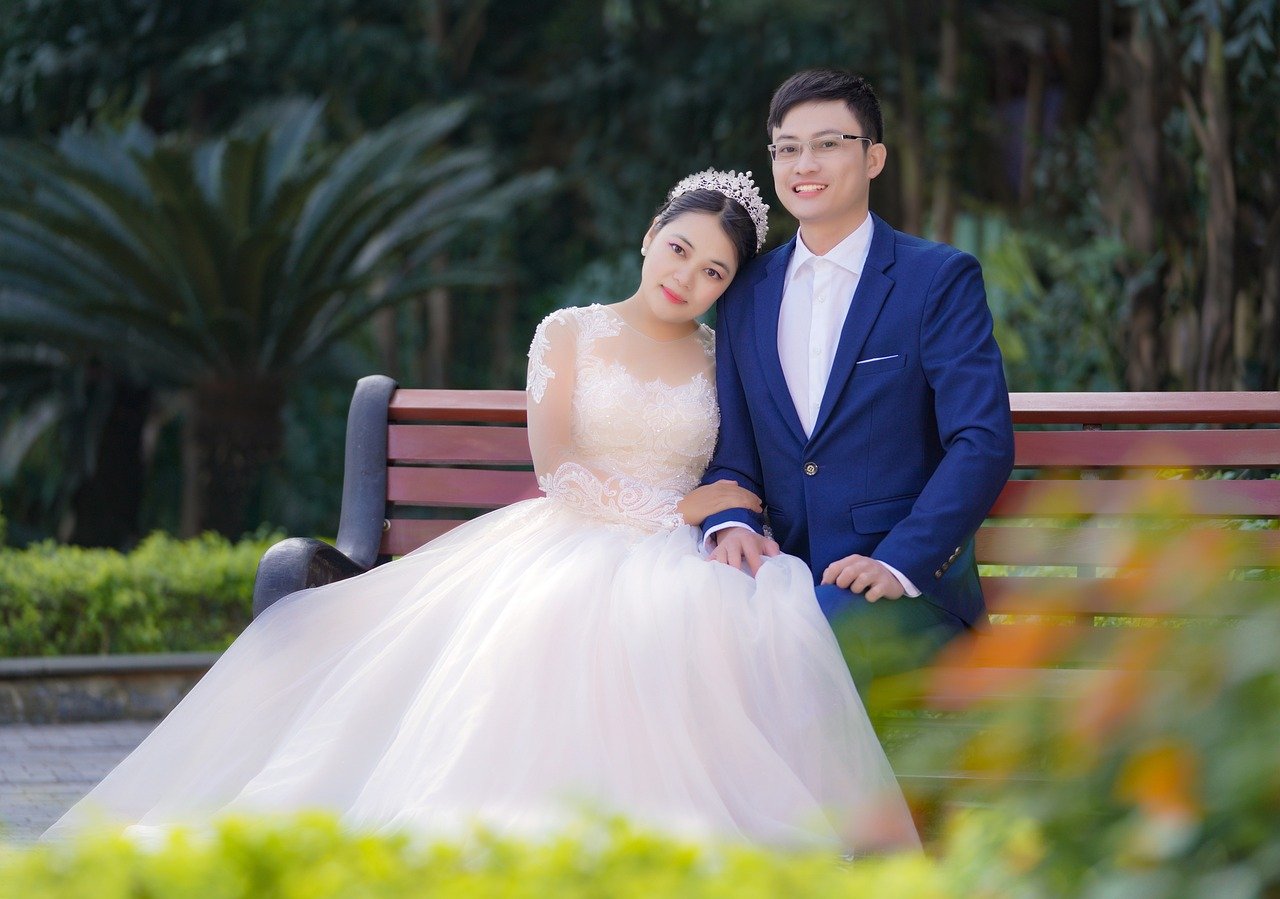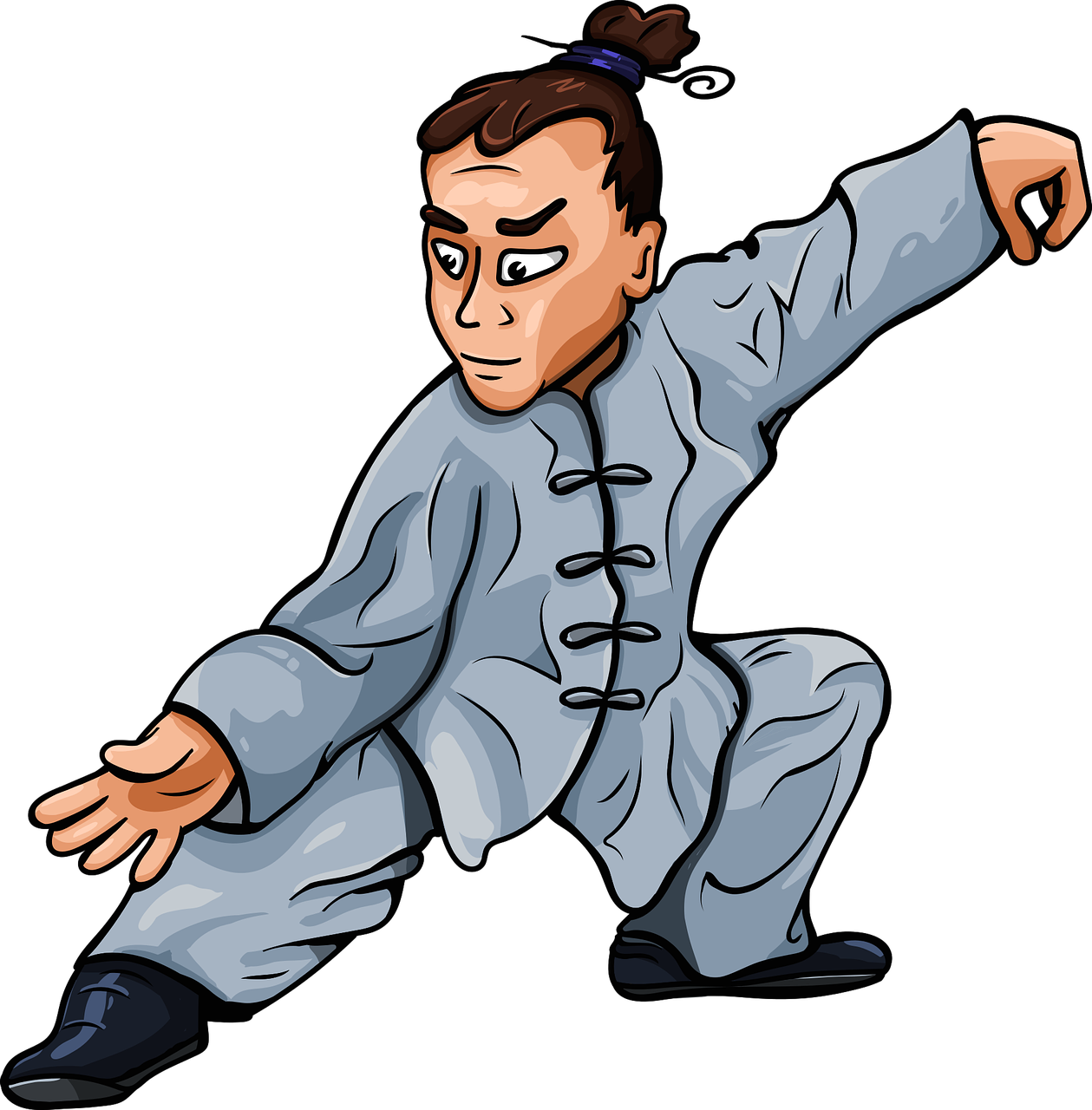Do you ever find yourself feeling stressed or lacking energy? If so, you might be interested in exploring the practice of Qigong. Qigong is an ancient Chinese exercise and healing technique that focuses on cultivating and balancing the body’s energy, or Qi. By incorporating gentle movements, breath control, and meditation, Qigong can help promote relaxation and enhance the flow of energy throughout the body. In this article, we will explore the various ways in which the practice of Qigong can contribute to relaxation and energy flow, providing you with a holistic approach to improving your overall well-being. So, let’s dive into the world of Qigong and discover its incredible benefits together.

Overview of Qigong
Qigong is an ancient Chinese practice that combines physical movements, breathing techniques, meditation, and sound therapy to cultivate relaxation and enhance the flow of vital energy, or Qi, within the body. It is based on the belief that Qi is the foundation of all life and that by harmonizing and balancing its flow, we can achieve optimal physical, mental, and emotional well-being. Qigong has a rich history and is deeply rooted in philosophical principles that guide its practice.
Definition of Qigong
Qigong, also spelled as “Chi Kung,” translates to “energy work” or “cultivating energy.” It encompasses a wide range of practices, including gentle exercises, meditative movements, breath control, and visualization. The goal of Qigong is to nurture and strengthen the body’s vital energy, or Qi, while promoting relaxation, balance, and harmony in all aspects of life. It is a holistic practice that takes into account the interconnectedness of the mind, body, and spirit.
History and origins of Qigong
The origins of Qigong can be traced back thousands of years to ancient China. It draws wisdom from various traditions, including Daoism, Buddhism, and Confucianism. Qigong was initially practiced by shamans and healers as a means to promote health, longevity, and spiritual enlightenment. Over time, different styles and forms of Qigong emerged, each with its unique methods and philosophical influences. Today, Qigong is practiced worldwide, with both traditional and modern interpretations.

Philosophical principles underlying Qigong
Qigong is deeply rooted in philosophical principles that provide the foundation for its practice. It embraces the concepts of Qi, Yin and Yang, and the Five Elements. Qi is the vital energy that flows through and animates all living beings. Yin and Yang represent the complementary forces that bring balance and harmony to the universe, while the Five Elements (Wood, Fire, Earth, Metal, Water) represent the interconnectedness of all things in nature. These principles guide the cultivation of Qi and the balance of energy within the body.
Components of Qigong Practice
Qigong practice consists of several components, each contributing to the overall goal of relaxation and energy flow. These components include breathing techniques, meditation and visualization, postures and movements, sound therapy and vocalization, as well as self-massage and acupressure.
Breathing techniques
Breathing techniques in Qigong focus on deepening and regulating the breath to facilitate the harmonious flow of Qi. Techniques vary but often involve slow, deep, diaphragmatic breathing combined with visualization and intention. By bringing attention to the breath and cultivating a slower, rhythmic pattern, Qigong practitioners enhance relaxation, oxygenation, and energy circulation throughout the body.
Meditation and visualization
Meditation and visualization form integral parts of Qigong practice. Through meditation, practitioners cultivate a state of calm, focused awareness, allowing them to connect with their internal energy and the present moment. Visualization techniques involve mentally guiding Qi, imagining energy flowing through specific pathways in the body, or visualizing natural elements such as water or light to enhance relaxation and energy flow.
Postures and movements
Qigong incorporates a wide range of gentle, flowing movements and postures designed to align and stretch the body, promote flexibility, and stimulate the flow of Qi. These movements can be performed standing, sitting, or lying down, depending on the specific style of Qigong. By focusing on proper body alignment, practitioners activate meridians, energy channels, and energy centers, facilitating the circulation and balance of Qi.
Sound therapy and vocalization
Sound therapy and vocalization are unique aspects of Qigong practice. Certain Qigong forms incorporate vocalizations or specific sounds, such as “ha,” “hu,” or “chui,” which resonate with specific organs or energy centers in the body. By producing these sounds, practitioners stimulate and harmonize the corresponding energy pathways. Sound therapy in Qigong can also involve listening to specific frequencies or music to induce relaxation and enhance the flow of Qi.
Self-massage and acupressure
Self-massage and acupressure techniques are used in Qigong to stimulate acupoints, meridians, and energy centers. By applying gentle pressure or massaging specific areas of the body, practitioners can activate Qi and promote the flow of energy. Self-massage and acupressure can alleviate tension, clear blockages, and enhance relaxation, contributing to the overall balance and vitality of the energy body.
Relaxation Benefits of Qigong
The practice of Qigong offers numerous relaxation benefits, which can have a significant impact on overall well-being and quality of life. Among these benefits are the reduction of stress and anxiety, relief from muscle tension and pain, improvement of sleep quality, and promotion of mental clarity and focus.
Reduction of stress and anxiety
Qigong’s emphasis on deep breathing, meditative states, and gentle movements helps activate the body’s relaxation response, reducing the production of stress hormones and promoting a sense of calm and tranquility. Regular practice can help alleviate symptoms of chronic stress, anxiety, and tension, providing a much-needed sense of relaxation and emotional balance.
Relief from muscle tension and pain
The gentle stretching, postures, and movements of Qigong help release muscle tension and promote relaxation. By cultivating a heightened body awareness and the flow of Qi, practitioners can alleviate physical discomfort, such as backaches, neck tension, and joint pain. The combination of movements, breathing, and mental focus engages the body’s natural healing processes, providing relief and promoting overall well-being.
Improvement of sleep quality
Qigong practice before bedtime can help regulate the nervous system, calm the mind, and create a conducive state of relaxation for promoting better sleep. The deep breathing techniques and meditative aspects of Qigong can help quiet the mind, alleviate restlessness, and provide a sense of inner peace, leading to improved sleep quality and overall restfulness.
Promotion of mental clarity and focus
Qigong’s holistic approach to relaxation incorporates mental focus and visualization techniques that can enhance mental clarity, concentration, and focus. By quieting the mind, reducing mental chatter, and cultivating a calm state of awareness, Qigong practitioners can experience improved cognitive function, enhanced creativity, and a greater sense of mental agility and balance.

Energy Flow in Qigong
Central to Qigong practice is the understanding and cultivation of Qi, the vital energy that flows through the body. Qigong aims to optimize the flow of Qi, balance its Yin and Yang aspects, and harmonize the energy channels known as meridians. By harmonizing and enhancing energy flow, practitioners can experience enhanced vitality, physical relaxation, mental clarity, and emotional well-being.
Understanding Qi (vital energy)
In Qigong, Qi is considered the fundamental life force that animates all living beings. It is the subtle energy that flows through the meridians, nourishing and vitalizing the body’s organs, tissues, and cells. Qi is the foundation for health and well-being, and its cultivation and flow are essential in Qigong practice.
Concept of meridians and energy channels
Meridians are energy pathways that run throughout the body, connecting the internal organs and providing pathways for Qi to flow. According to Traditional Chinese Medicine, there are twelve main meridians and multiple secondary meridians. These meridians are associated with specific organs and systems in the body and can be accessed and influenced through Qigong practice.
Opening and balancing energy flow
Qigong techniques aim to open, clear, and balance the flow of Qi within the meridians. By doing so, practitioners can remove blockages, enhance circulation, and restore the harmonious flow of energy throughout the body. Opening and balancing energy flow can improve vitality, relieve pain, enhance organ function, and contribute to overall physical and emotional well-being.
Harmonizing yin and yang energies
Qigong seeks to harmonize and balance the Yin and Yang energies within the body. Yin represents the feminine, receptive, and nourishing aspects, while Yang represents the masculine, active, and stimulating aspects. Through the practice of Qigong, practitioners learn to cultivate and balance these energies, facilitating harmony, resilience, and optimal health.
Enhancing Physical Relaxation
Physical relaxation is a vital aspect of Qigong practice, as it allows the body to let go of tension, stress, and energetic blockages. The following techniques in Qigong can help deepen physical relaxation and enhance the flow of Qi.
Deepening the breath
Conscious breathing techniques in Qigong focus on deepening and expanding the breath to promote relaxation and facilitate the movement of Qi. By cultivating slow, deep, and diaphragmatic breathing, practitioners engage the parasympathetic nervous system, promoting relaxation and activating the body’s natural self-healing abilities.
Guiding Qi with intention
Qigong practitioners often use their intention and mental focus to guide the flow of Qi within the body. By directing attention and visualizing Qi flowing through specific areas or meridians, practitioners can enhance the overall relaxation and vitality of the physical body. The power of intention plays a crucial role in deepening physical relaxation and harmonizing the energy body.
Releasing physical tension through movement
Gentle movements, stretches, and postures in Qigong help release physical tension, loosen joints, and promote overall relaxation. By paying attention to the body’s sensations and allowing movements to flow naturally, practitioners can let go of physical tightness, improve flexibility, and enhance the flow of Qi.
Promoting circulation and flexibility
Qigong movements and exercises stimulate blood circulation and enhance flexibility in the body. By gently stretching and opening the muscles, tendons, and ligaments, practitioners improve overall body suppleness, release stagnant energy, and promote the flow of Qi. Improved circulation and flexibility contribute to physical relaxation and well-being.
Cultivating Mental and Emotional Relaxation
Relaxation in Qigong extends beyond the physical body and encompasses mental and emotional well-being. The following techniques help practitioners cultivate mental and emotional relaxation, leading to greater clarity and emotional balance.
Quieting the mind through meditation
Meditative practices in Qigong aim to quiet the mind, still mental chatter, and enter a state of calm and focused awareness. By gently observing thoughts without attachment, practitioners can cultivate mental relaxation, clarity, and a heightened sense of presence. Quieting the mind through meditation is essential in allowing the energy to flow freely and harmoniously.
Visualization for relaxation and energy flow
Visualization techniques in Qigong involve using the imagination to create mental images that promote relaxation and enhance the flow of Qi. By visualizing energy flowing through the body, practitioners can enhance the overall relaxation response, create a sense of ease and vitality, and direct Qi to specific areas for healing and rejuvenation.
Reducing mental chatter and racing thoughts
One of the challenges to relaxation is the constant stream of thoughts and mental chatter that can disrupt tranquility and inhibit the flow of Qi. Qigong practices teach practitioners to observe thoughts without attachment, let go of mental distractions, and cultivate a sense of inner stillness. By reducing mental chatter, practitioners can achieve a deeper state of mental and emotional relaxation.
Managing emotions and finding inner balance
Emotional balance is an integral part of relaxation in Qigong. Practitioners learn to recognize and manage emotions, allowing them to flow without attachment or suppression. Through Qigong practice, emotions are seen as energy that can be transformed and harmonized, leading to a greater sense of inner balance, emotional resilience, and overall well-being.
Balancing and Strengthening the Energy Body
A central goal of Qigong is to balance and strengthen the energy body, which includes the meridians, energy centers, and the flow of Qi. The following techniques are employed in Qigong to promote a harmonious and resilient energy body.
Clearing energy blockages
Energy blockages can impede the smooth flow of Qi and lead to physical or emotional discomfort. In Qigong, specific techniques such as tapping, acupressure, or energy sweeps are used to clear blockages and promote the movement of Qi. By removing obstructions, practitioners support the overall balance and vitality of the energy body.
Opening and expanding energy centers (Dan Tian)
Dan Tian refers to key energy centers in the body where Qi is cultivated and stored. Qigong practice aims to open and expand these energy centers, allowing Qi to flow freely and abundantly throughout the body. By activating and harmonizing the Dan Tian, practitioners enhance the overall balance, vitality, and resilience of the energy body.
Building Qi through Qigong practice
Regular Qigong practice helps cultivate and build Qi within the body. By engaging in specific breathing techniques, movements, and meditations, practitioners can increase their Qi reserves, enhancing overall energy levels and promoting a deep sense of relaxation, vitality, and well-being. Building Qi through Qigong practice is an ongoing process that supports optimal health and longevity.
Enhancing energetic sensitivity and awareness
Qigong practice cultivates energetic sensitivity and awareness, enabling practitioners to perceive and work with subtle energy dynamics within their bodies. By paying attention to the flow of Qi, practitioners can detect imbalances, fluctuations, or areas of stagnation. This heightened awareness allows them to make necessary adjustments in their practice, promoting greater harmony and balance in the energy body.
Promoting Self-Healing and Wellness
Qigong has long been associated with promoting self-healing and overall wellness. The practice supports the body’s natural healing response, boosts the immune system, and helps prevent and manage chronic conditions.
Stimulating the body’s natural healing response
Qigong stimulates the body’s innate self-healing capabilities by promoting relaxation, enhancing the flow of Qi, and activating the parasympathetic nervous system. Through deep relaxation and harmonious energy flow, Qigong supports the body’s ability to regenerate, repair, and restore balance, leading to improved overall health and well-being.
Boosting the immune system
Regular Qigong practice has been shown to strengthen the immune system, supporting the body’s defense mechanisms against pathogens and illness. The relaxation response, enhanced circulation, and balanced Qi flow contribute to a healthy immune system by reducing stress, inflammation, and boosting the body’s natural healing processes.
Supporting overall well-being and vitality
Qigong is a holistic practice that promotes overall well-being and vitality. By cultivating relaxation, harmonizing the energy body, and enhancing the flow of Qi, practitioners experience increased energy, better physical health, mental clarity, emotional balance, and a greater sense of joy and connection in life. Qigong supports optimal health and vitality in all aspects of being.
Prevention and management of chronic conditions
Research suggests that Qigong can be beneficial in preventing and managing chronic conditions such as cardiovascular diseases, diabetes, and chronic pain. Regular practice can help alleviate symptoms, reduce the risk of complications, and improve overall quality of life for individuals living with chronic conditions. Qigong provides an empowering and self-directed approach to wellness and self-care.
Scientific Research and Evidence
A growing body of scientific research supports the potential benefits of Qigong in promoting relaxation, enhancing energy flow, and improving overall well-being. Numerous studies have explored the physiological and psychological changes that occur during Qigong practice and have demonstrated its effectiveness in reducing stress, improving sleep quality, and enhancing emotional well-being.
Current studies on the effects of Qigong
Ongoing research continues to investigate the effects of Qigong on various aspects of health and well-being. Studies have examined its impact on reducing anxiety and depression, improving immune function, alleviating chronic pain, and enhancing cognitive function and emotional resilience. The evidence suggests that practicing Qigong can have a positive impact on multiple dimensions of health.
Physiological changes during Qigong practice
Physiological changes observed during Qigong practice include improved heart rate variability, reduced blood pressure, enhanced oxygen uptake, and increased circulation. Qigong has also been shown to activate the parasympathetic nervous system, leading to increased relaxation and decreased stress response. These physiological changes contribute to the overall relaxation and energy flow experienced in Qigong.
Mental and emotional benefits supported by research
Research has demonstrated the mental and emotional benefits of Qigong practice. Studies have shown that regular Qigong practice can lead to improved mood, reduced symptoms of anxiety and depression, increased self-awareness, and enhanced emotional well-being. Qigong’s emphasis on mindfulness, relaxation, and gentle movement contributes to its positive impact on mental and emotional health.
Integration of Qigong into Daily Life
Qigong is a versatile practice that can be easily integrated into daily life, providing ongoing relaxation, energy flow, and overall well-being. The following suggestions offer ways to incorporate Qigong principles into various aspects of daily life.
Incorporating Qigong into morning or evening routine
Establishing a regular Qigong practice routine can help set the tone for the day or promote relaxation and restful sleep in the evening. By dedicating a few minutes each morning or evening to practice deep breathing, gentle stretches, or a short meditation, individuals can cultivate a sense of calm, enhance energy flow, and promote overall well-being.
Applying Qigong principles in workplace or stressful situations
Qigong principles can be applied throughout the day, especially in stressful or demanding situations. Taking short breaks to practice deep breathing, gentle movements, or mindful visualization can help calm the nervous system, reduce stress, and enhance mental clarity and focus. Applying Qigong principles in the workplace or during stressful situations supports resilience, productivity, and emotional balance.
Combining Qigong with other relaxation practices
Qigong can complement and enhance other relaxation practices, such as yoga, tai chi, or mindfulness meditation. Combining these practices allows for a synergistic effect, deepening relaxation, and expanding energy flow. Individuals can explore different relaxation techniques and find a combination that resonates with their needs and preferences.
Maintaining a regular Qigong practice for long-term benefits
To reap the full benefits of Qigong, it is recommended to maintain a regular practice. Consistency is key to cultivating relaxation, enhancing energy flow, and experiencing lasting changes. Set aside dedicated time each day for Qigong practice, even if it is just a few minutes, and gradually increase the duration and complexity of the practice over time. The long-term benefits of Qigong are well worth the commitment.
In conclusion, the practice of Qigong offers a comprehensive approach to relaxation and energy flow. Through its various components, such as breathing techniques, meditation, postures, and movements, individuals can cultivate physical, mental, and emotional relaxation, enhance the flow of vital energy, and promote overall well-being. Qigong’s rich history, philosophical principles, and growing scientific evidence underscore its effectiveness in supporting self-healing, reducing stress, and achieving a deeper sense of relaxation and balance. By integrating Qigong into daily life and maintaining a regular practice, individuals can experience the transformative benefits of this ancient practice for long-term wellness.
